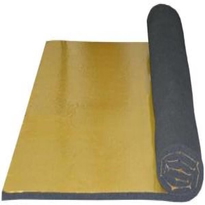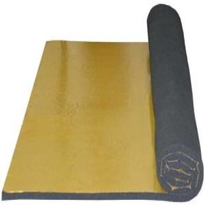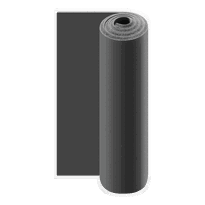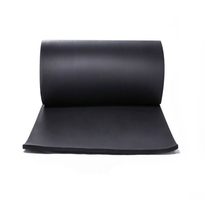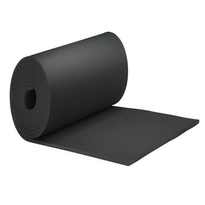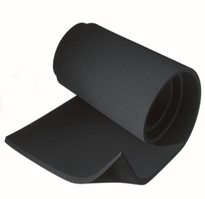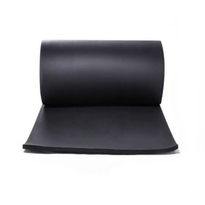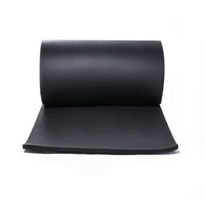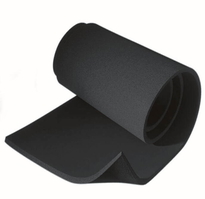Nitrile Rubber Sheet Price
The cost of nitrile rubber sheets in the UK can vary significantly depending on several factors. Key considerations include the raw material costs, manufacturing processes, and specific product specifications such as grade and thickness. Higher-quality grades, like Shore A70, and thicker sheets generally tend to be more expensive due to greater raw material consumption and more complex production requirements.
Market fluctuations also play a role, influencing the prices of raw materials and affecting supply chains across different regions. Purchasing directly from manufacturers or in bulk quantities can often lead to cost savings, making it a more economical option for buyers.
Understanding these factors will help you better manage your budget when exploring different options for nitrile rubber sheets. By considering product specifications, supplier options, and current market conditions, you can make more informed purchasing decisions tailored to your needs.
Factors That Influence the Cost of Nitrile Rubber Sheets
The cost of nitrile rubber sheets is predominantly influenced by a range of interconnected factors that directly affect production costs and market pricing.
Raw material prices are a key component, with the costs of acrylonitrile and butadiene playing a significant role. Fluctuations in crude oil prices also impact the expenses associated with synthetic rubber feedstocks. The quality and purity of these raw materials determine the efficiency of manufacturing processes and the overall quality of the finished sheets. The availability of these raw materials can fluctuate based on global supply and demand trends, further influencing prices. Additionally, advancements in manufacturing technology can optimize production efficiency and reduce costs.
Supply chain stability and logistical efficiency are vital, as disruptions or delays can lead to increased procurement costs.
Meanwhile, manufacturing processes, including investments in plant design, specialized equipment, and advanced technology, contribute to the initial and ongoing operational expenses.
Operating costs, such as utilities, maintenance, and labor, further influence the final price.
Collectively, these factors form the baseline cost structure and reflect a complex interplay of economic and operational dynamics, ultimately shaping the market price of nitrile rubber sheets within the UK.
Pricing Variations Across Different Grades and Thicknesses
Pricing differences among nitrile rubber sheets largely depend on their grade, thickness, and specific material properties. Thicker sheets typically command a higher price because they require more raw material and increased manufacturing effort. Different hardness grades also significantly impact the price, as higher hardness levels like Shore A70 provide greater durability and chemical resistance, justifying a higher cost. Standard thicknesses usually range from 1.5 mm to 6 mm, although customised sizes may incur additional costs. Material composition and performance specifications influence pricing, as sheets designed for more demanding applications often command premium prices. Higher hardness grades, such as Shore A70, tend to be more expensive due to their enhanced durability and chemical resistance. Conversely, lower-grade options like BA40 are generally more budget-friendly. Different grades, including BA50 or BA70, are designed for particular applications, influencing their market value. Market influences, such as the reputation of the supplier, regional conditions, and compliance with British standards, also play a role in the pricing structure. Recognizing these factors enables buyers to make well-informed decisions that suit both their project requirements and budget constraints.
Tips for Budget-Friendly Purchasing and Bulk Orders
Effective Cost Management in Purchasing Nitrile Rubber Sheets in the UK
Managing costs effectively when purchasing nitrile rubber sheets begins with selecting the right sourcing strategies to optimize savings. Buyers should consider making direct purchases from manufacturers or reputable wholesalers to minimise intermediary fees. High-quality materials from trusted suppliers can also prevent costly rework or replacements later. Leveraging online marketplaces is a practical way to access competitive pricing and discounts for bulk orders. Additionally, taking advantage of free shipping thresholds or reduced freight rates can significantly lower overall expenditure. Confirming stock availability before placing orders helps avoid additional costs associated with expedited shipping and ensures timely procurement. Incorporating cost-effective insulation materials into scrap and waste management strategies can further optimize overall project budgets by reducing material loss and rework costs.
Conclusion
Understanding the factors that influence nitrile rubber sheet prices, such as grade, thickness, and purchase volume, enables buyers to make well-informed decisions. By comparing pricing options across different suppliers and considering bulk discounts, significant cost savings can be achieved. Carefully assessing product specifications and the reputation of suppliers ensures both quality and value. Ultimately, adopting a systematic approach to sourcing nitrile rubber sheets helps optimise expenditure without compromising on performance or durability.
